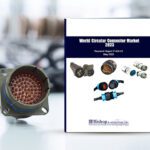Market for Smaller LC Duplex Fiber Connectors Makes Big Gains
The market for sub-LC duplex size fiber optics connectors is on a tear — and growth in this category bodes well for the connector industry as a whole.
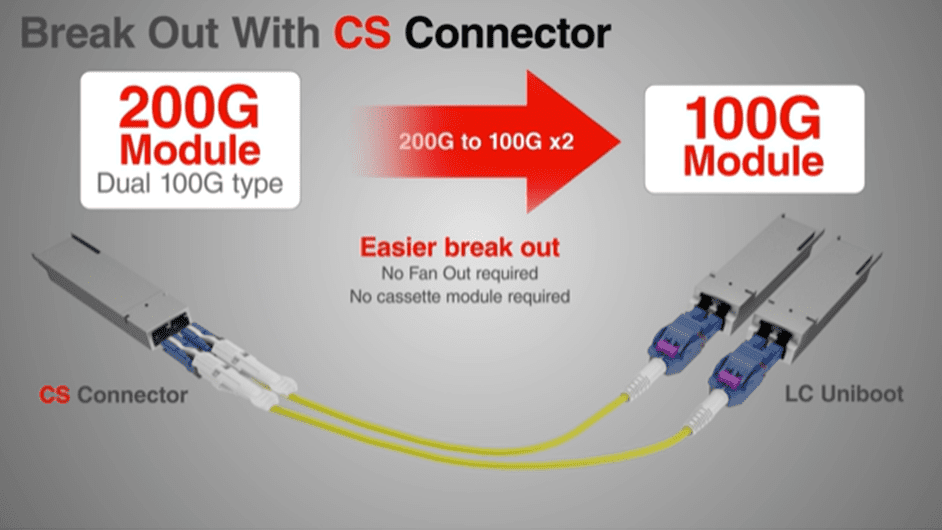
Assemblies with the VSFF CS connector to be available from Molex, Belden, Commscope, Panduit, Huber + Suhner, Hubbell, LeGrand, and Sumitomo among others.
By upgrading the single LC fiber interface on a transceiver to multiple smaller (half or quarter size) interfaces, broadband service providers can dramatically increase cabling fabric densities and simplify the introduction of next-gen datacom equipment. Introducing transceivers with more ports and more capacity is the simplest way to allow for modular upgrades of software-defined equipment throughout the data center. With more connectors on each transceiver, the jump from 40 G to 400 G or even 800 G transceivers is simplified.
The sub LC-sized duplex fiber connector category is being called the very small form factor (VSFF) duplex category by many, including Senko Advanced Components, one of the market leaders in the VSFF duplex space. The 2022-2027 CAGR for the VSFF duplex connector market is projected to be close to 20% per year, eight times faster than the older and much larger LC connector market. The VSFF duplex connector market can be bucketed into two main groups, double density and quadruple density.
The double density group, backed by the CS Consortium, includes Molex, Eoptolink, GoFoton, Panduit, and SENKO, among the founding members, with Cisco, Delta, Inolight, Juniper Networks, and Sicoya among the licensees. The CS connector size, based on SENKO’s design, conforms to TOSA and ROSA size requirements, which made it an easy early choice for industry-based applications needing TIA recognition. Plus, it addresses the short-term upgrade needs.
There are two very active quadruple density groups: The SN group, led by SENKO, and the competing MDC standard, led by US Conec. The pitch of the SN and MDC ferrules (3.1 mm) are the same but the connectors are not intermateable. SENKO’s SN connector has over 20 licensees. The MDC connector is being pushed by US Conec, HUBER+SUHNER, Rosenberger, Adtek, and FOSS.
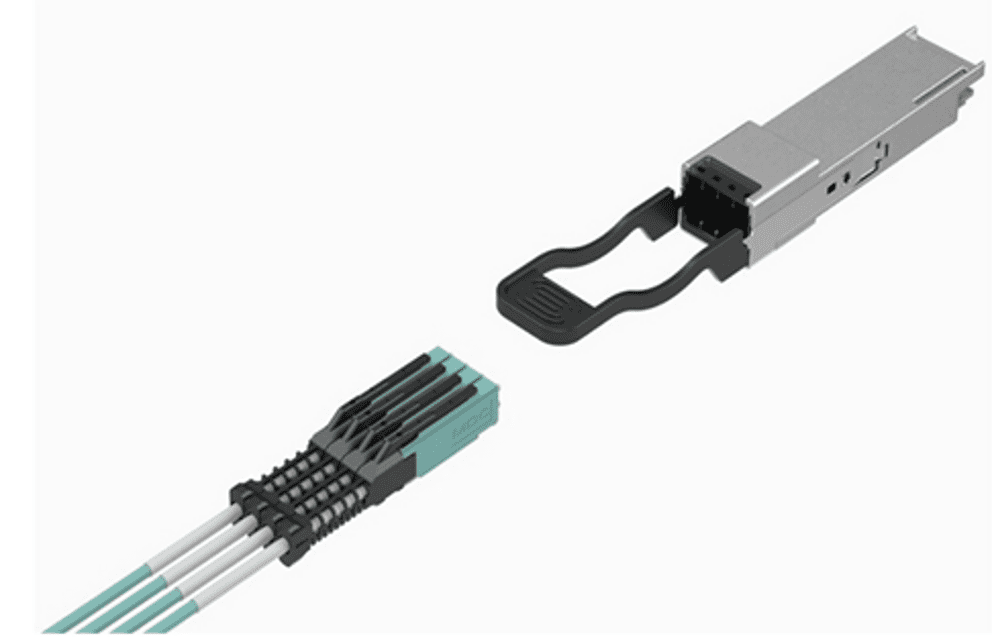
MDC connector
The CS, SN, and MDC connector interfaces are called out in the QSFP-DD standards (see excerpt below) as well as the OSFP standards. The very strong MSAs behind these two standards are driving the introduction of higher capacity transceivers that are backward and forward compatible.
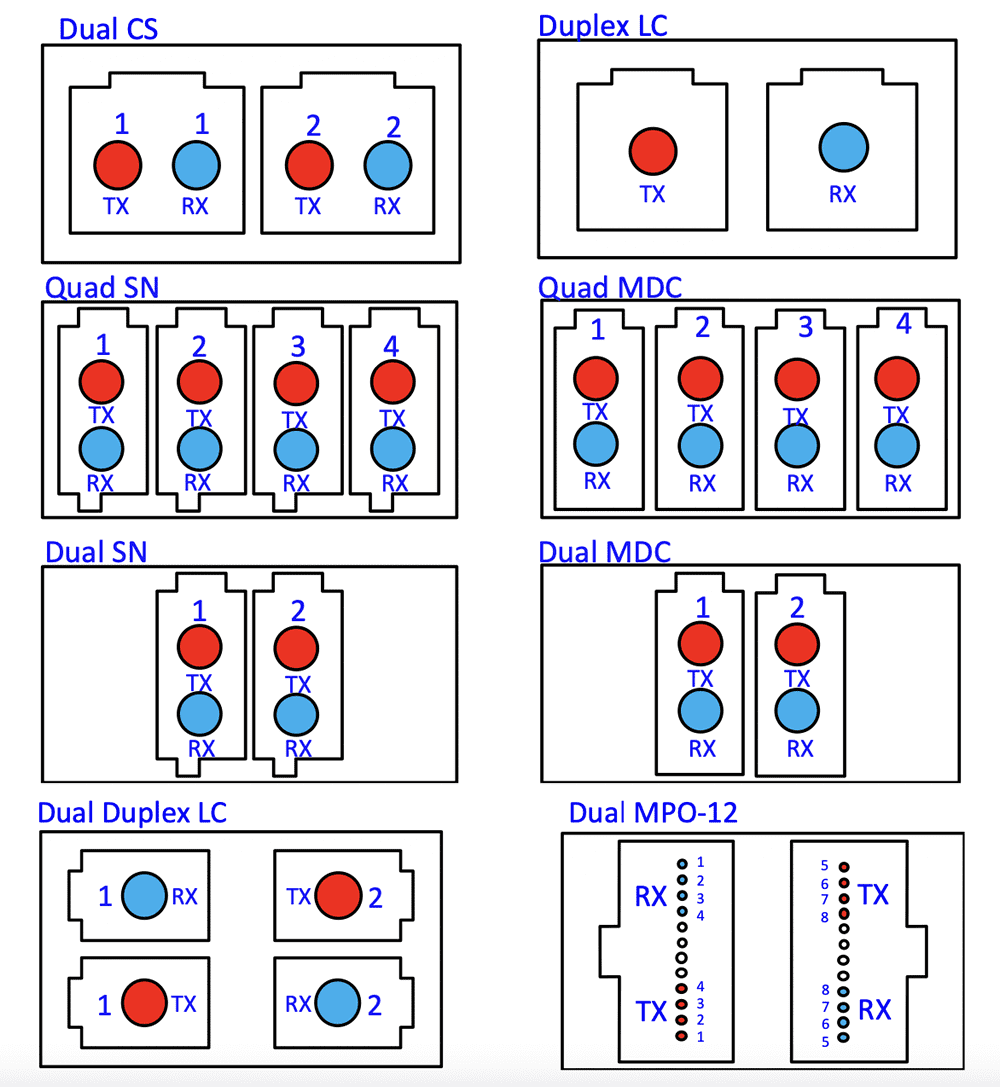
Transceiver Interface footprints from QSFP-DD/QSFP-DD800/QSFP112 Hardware Specifications (rev 6.3) July 26,2022
Both the 2x and 4x smaller formats are enjoying very strong support, according to Chriss Tutt of SENKO. Double density connectors (CS) are leading the market for spine and leaf transceiver I/O connections within a data center.
The SN and MDC connectors are very strong in patch panel and cassette connections where they can pair with 16-fiber MTP connectors in custom harnesses or cassette applications for the longer distance super spine connections. The VSFF multi-fiber connectors, like the high fiber count MPO connector alternatives, is another area traditional packaging limits are being shattered.
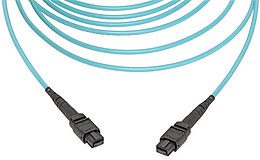
Molex MTP/MPO Data Center Solutions support the integration of high-performance networks while reducing the number of cables required, reducing overall system cost and maintenance.
There are other significant application categories for VSFF connectors outside the data center. Weatherized VSFF interfaces for cell station antenna, RRUs, and other micro-cell applications are seeing growing support in applications where the LC connector has previously prevailed. SENKO touts its IP-9 SN connector as the smallest IP68-rated duplex connector footprint available on the market. It provides antenna and RRU makers a way to better utilize precious panel space as well as improve the densities in their drop assemblies in fiber to the home applications.
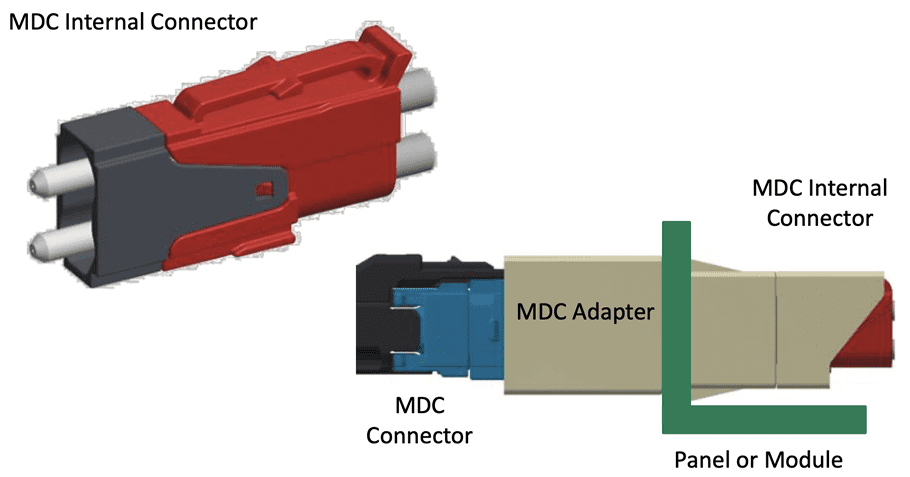
Miniature VSFF variant for inside the connector, per IEEE802.3db.
Each generation of smaller and higher fiber count connectors enables a new array of breakout applications. The connector industry is rapidly developing new products in this area to meet developers’ needs, as the shrinking form factors and smaller required footprint provide more versatility without sacrificing power.
Subscribe to our weekly e-newsletters, follow us on LinkedIn, Twitter, and Facebook, and check out our eBook archives for more applicable, expert-informed connectivity content.
- Cell Towers Become Less Cluttered - January 10, 2023
- Market for Smaller LC Duplex Fiber Connectors Makes Big Gains - November 1, 2022
- Twinax Cable is Replacing PCBs Inside Server and Switch Applications - October 4, 2022


